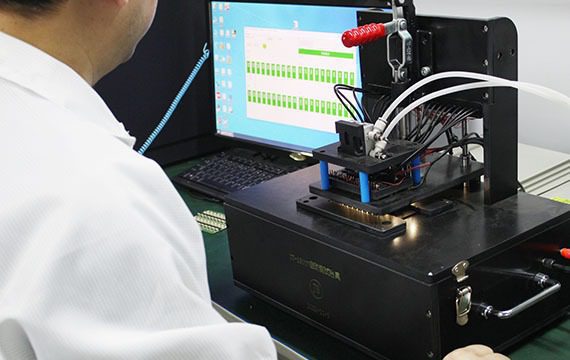The Importance of PCB Design Standards in PCB Production
When it comes to PCB production, transmitting accurate PCB CAM data from CAD software to the manufacturer is crucial. The CAM 1 data editor is used by manufacturers to meticulously inspect and adjust film and hole data, incorporating essential reference marks and correction values specific to production.
One key aspect to focus on is the distance between pads and apertures in the design. Pads are typically tin-plated, and holes are left hollow. While slight variations in width are acceptable during the design phase, manufacturers have their own set minimum width requirements that must be met. These production standards, ranging from 0.2mm to 0.25mm for pad width, need to align with the design standards to ensure proper pad formation.
Another critical consideration is the spacing between the solder mask window and the pad. The green solder mask film, essential for soldering, should have a window larger than the pad diameter, maintaining a specific distance, often around 0.2mm. This prevents any hindrance to the soldering process, even if there are deviations on the board.
Lastly, reviewing the minimum trace width and spacing is essential. Typically, a manufacturing process can achieve a minimum width and spacing of 0.2mm. Any requirements for smaller widths or spacings would necessitate a special process. These minimum standards play a vital role in the design stage and must be considered accordingly.

